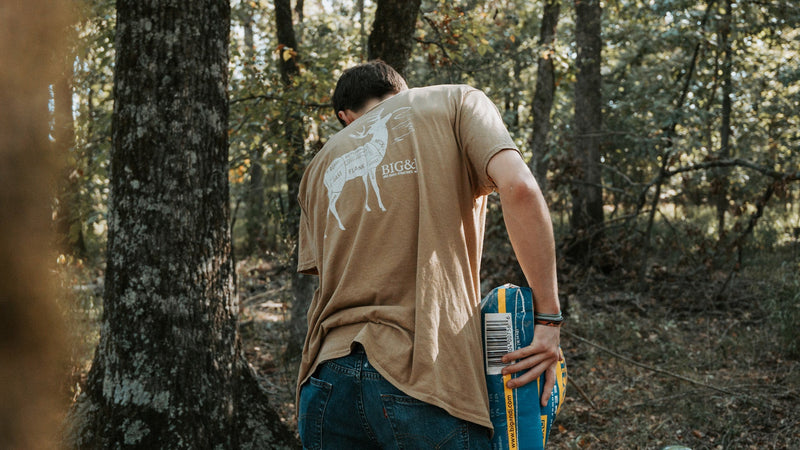Successful hunters know the importance of alerting as few deer as possible when entering and exiting hunting stand sites. Wherever you hunt, deer are virtually everywhere, and they’re focused on survival, making it nearly impossible to prevent all deer from detecting your presence when moving to and from stands. To minimize spooking deer and ruining a promising hunt before it begins, start by thoroughly scouting the area to learn where deer are likely to be at different times of the day. Learn bedding and feeding areas and preferred deer travel routes to avoid when entering or exiting stands.
Play the Terrain and Wind

Select entry and exit routes that minimize noise by walking on quieter surfaces like bare dirt, dry creek beds, ditches, and old logging roads. Ridges are also a good terrain feature, but avoid ridgetops to prevent you from being silhouetted after a hunt. Enter and exit stands with the wind in your face as much as possible, which often means using a different exit route than the path used to approach your stand. Use existing cover to conceal your movements while avoiding bedding areas and other sanctuaries. You might even want to plant some screening vegetation to conceal your movements.
Morning vs. Evening Strategies
For morning hunts, arrive at your stand at least an hour and a half before dawn. This prevents bumping into deer while traveling back to bedding areas just before daylight. Stay clear of areas deer use for feeding when accessing stands on morning hunts. On afternoon hunts, use wooded areas to get to and from stands and wait an hour before leaving your stand after dark. Select multiple entry and exit paths for both morning and afternoon hunts and avoid repeatedly using the same route. Deer are masters at detecting and patterning human predators, so mix up your movements to prevent them from pinpointing your movements.
Other Considerations

If you hunt farm country, have a buddy drop you off and pick you up from your stand using an ATV or tractor. Deer are accustomed to agricultural machinery and are usually not spooked by it. Consider using mobile apps that display aerial images and topographic maps to identify entry and exit routes. While it’s tempting to select the most direct routes to stands, they are rarely the best paths to take to prevent spooking deer. Plan routes months in advance of hunting season and carefully walk them to clear away brush and other vegetation that can make movements noisy and conspicuous. Use trail markers to help you stay on low-impact trails you’ve established as entry and exit routes when traveling in the dark. And always remember that nothing in the woods sounds like a human walking. So take your time getting to and from stands, pausing every few feet to look and listen to all the sights and sounds around you. Doing this can help you quietly slip past a deer you might encounter when moving through your hunting area.

